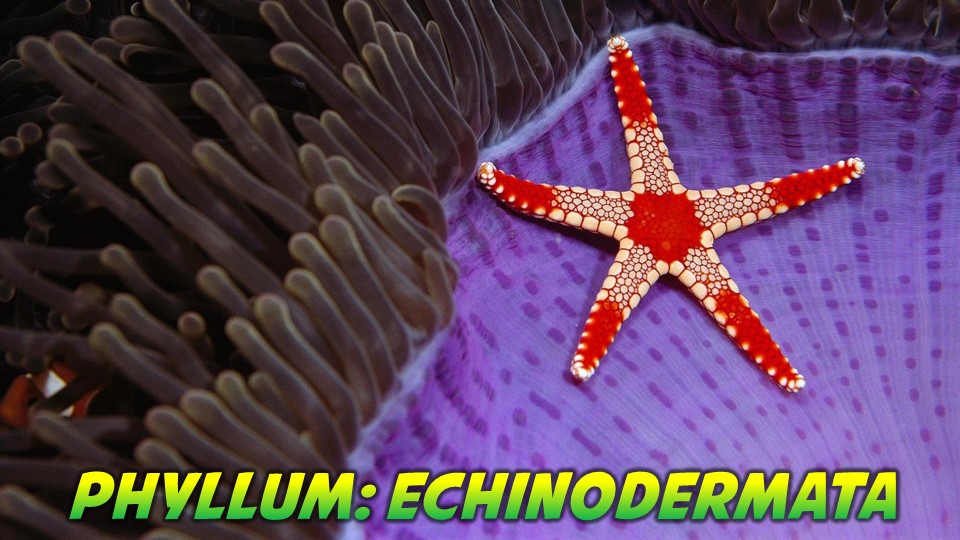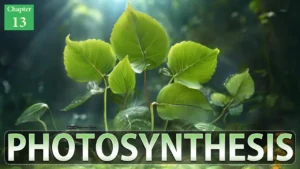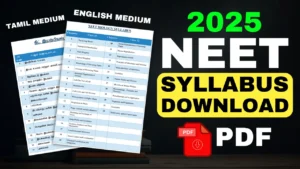Table of Contents
Echinodermata General Characteristics, Classification and Examples
After reading this article you will learn about Echinodermata General Characteristics, Classification and Examples
Echinodermata General Characteristics
- Jacob Klein (1938) introduced the name echinodermata
- Echinoderms literally means spiny or prickly skinned animals
- Body distinguishable into oral and aboral surfaces and are without any differentiated head
- The most distinctive feature of echinoderm is presence of water vascular system or Ambulacral system
- Digestive system is complete
- Respiration takes place by body surface or gills
- Circulatory system is open type and no pumping organs
- There is no excretory system. Nitrogenous waste diffuses out through body surface
- Reproduction is sexual, sexes are separate
- Fertilization is usually external and development is indirect
Water Vascular System
- In this system sea water enters through a madreporite and reaches the central canal and goes through radiating canals and finally comes out via tube feet
- Its functions are locomotion. respiration, capture and transport of food
Classification of Echinodermata
Class 1. Asteroidea
Commonly called starfish. Radially arranged five or more arms. Tube feet present. Ambulacral groove present. E.g. Asterias, Astropecten, Oreaster, Etc.
Class 2. Ophiuroidea
Commonly called Brittle star. Star like body having five flexible arms. Tube feet present. Ambulacral groove absent. E.g. Ophiura, Ophioderma, Ophiothrix Etc.
Class 3. Holothuroidea
Commonly called Sea cucumber. Body elongated cucumber like, and body wall leathery. Tube feet absent, no arm, no spine. Ambulacral groove area is visible. E.g. Holothuria, Cucumaria, Pelagothuria etc.
Class 4. Echinoidea
Commonly called sea urchin or sand dollars. Star fish like are absent . Tube feet absent. Ambulacral groove absent. E.g. Echinus, Clypeaster, Echinocardium
Class 5. Crinoidea
Commonly called sea lily. Arms are present but body remains attached with stalk. Tube feet present. Ambulacral groove present. E.g. Antedon, Neometra, Etc.
For more detailed information about Animal Kingdom, visit YouTube Channel.



![[PPT] The living world Class 11 Notes](https://rajusbiology.com/wp-content/uploads/2024/06/PPT-The-living-world-Class-11-Notes-300x169.webp)

3 thoughts on “Echinodermata General Characteristics, Classification and Examples | Free Biology Notes”